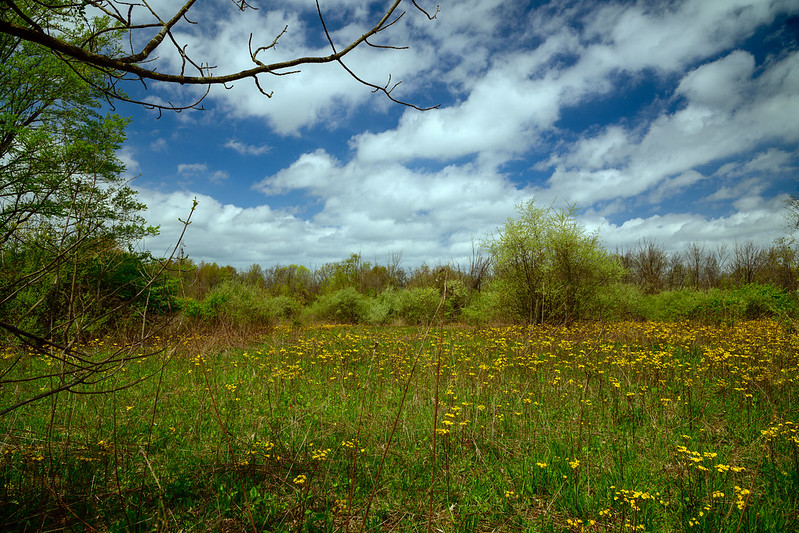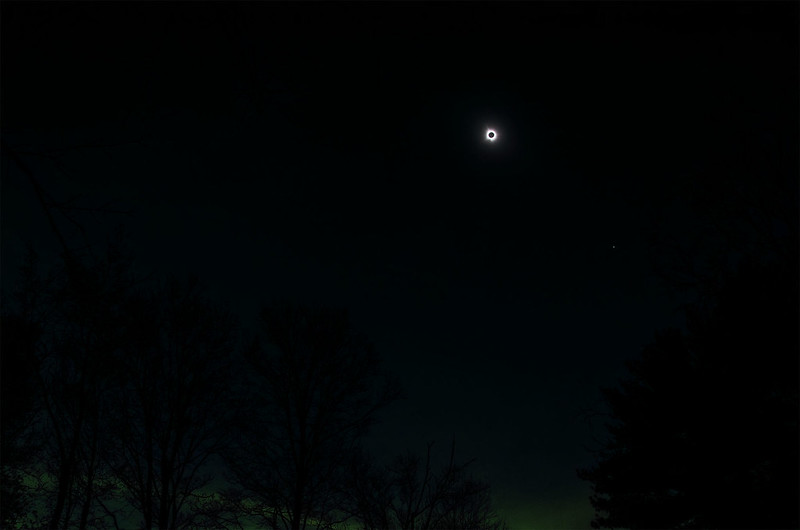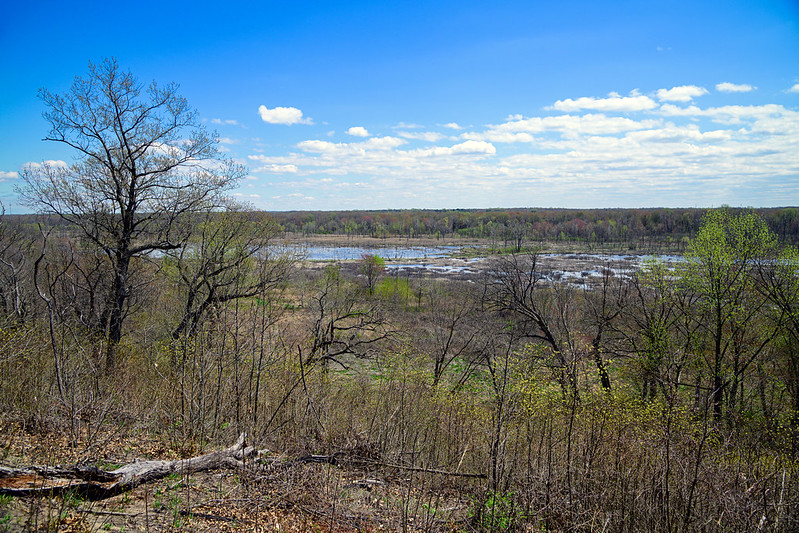
Looking much more like the arctic than Indiana, a walk on the Lake Michigan shore during winter offers some interesting ice formations one normally associates with seascapes of the North. As the wind stirs up Lake Michigan, the waves pound the shore and pile up the floating ice into cone-shaped mounds resembling volcanos. The physics is actually rather similar, at least when it comes to the construction of the cone. When the waves pound against the shore or other shelf ice, waves force water and ice chunks into the solid structure where they splash up and fall onto the shore in a pile. This happens over and over again until the pile forms a cone around the area where the ice and water is splashing vertically. The center often remains hollow, a tube that transports the ice and water to the surface. Volcano cones are formed in a similar way, but by hot lava and molten rock spraying up, not ice.
Walking along the shore during the windy periods is something to experience as well. When hiking down the sand dunes onto the beach, almost all sounds disappear when you reach the area that is sheltered by row after row of ice mounds. You're basically walking in a hallway with ice mounds on one side, and sand dunes on the other. The only sounds are the muffled splashes of the distant waves continuing to build additional mounds.

Hiking down to Kintzele Ditch, some of the shelf ice is covered by frozen ponds formed by the always-flowing creek. These icy areas take on the look of ponds, and seem to mimic an arctic seascape where icebergs are scattered in the frozen waters - mounds among smooth ice. These features and forms of the ice are ever-changing, and worth a visit or two each winter.

Hiking down to Kintzele Ditch, some of the shelf ice is covered by frozen ponds formed by the always-flowing creek. These icy areas take on the look of ponds, and seem to mimic an arctic seascape where icebergs are scattered in the frozen waters - mounds among smooth ice. These features and forms of the ice are ever-changing, and worth a visit or two each winter.






































